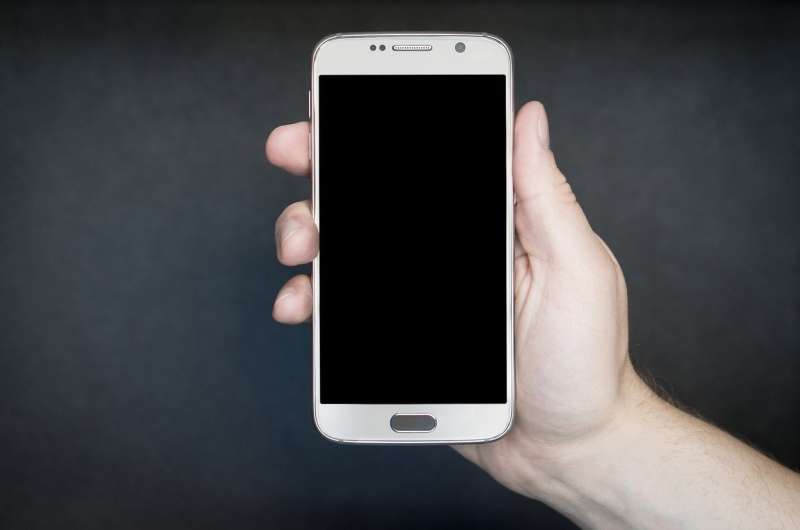Using smartphones to detect strokes

Researchers of Valencia's Polytechnic University (UPV) have designed a mobile phone application that enables the early detection of cerebral ictus. By using the sensors available in smartphones, the program – which is in its testing stage – analyses the user's ability to smile, speech coherence and arm movements; if two of the three are impaired, it automatically sends out a warning message to the emergency services. Their work has been published in the International Journal of Information Management.
"Despite the awareness campaigns carried out by different entities, many people are unable to identify the signs of this condition. Smartphones seem to be a good platform on which to develop applications aimed at people's health, such as in this case, to carry out an early detection of a pathology which affects 120,000 people in Spain alone," explains Jaime Lloret, researcher at the IGIC Institute of the Gandia Campus of the UPV.
Alongside Lloret, the team of researchers is comprised of Laura García, Lorena Parra and Jesús Tomás.
First signs
The application created by the UPV researchers makes it possible to detect symptoms of cerebral ictus among users. To do so, the user must carry out three tasks: for the first, they use the phone's camera to detect their smile, as if a cerebral ictus occurs, one of the sides of the face is typically paralysed, which prevents the person from smiling properly.
After evaluating whether the user can smile or not, the application moves on to the second task, which makes use of the smartphone's speaker and microphone. "The user is asked to repeat an easy sentence. If the sentence is not spoken coherently, the application detects the presence of this symptom," explains Lloret.
Lastly, the user's ability to lift their arms is tested. When there is a cerebral ictus, it is common to be unable to lift one arm as high as the other. The phone's accelerometer is used to verify this.
After these three tests, the application shows which have been passed and which were failed. If two or more have been failed, it opens a direct line of contact with the emergency services and send a predefined contact a message by the user. The prototype has been developed for phones with the Android operating system.
Registering the information
The application created in the UPV's Gandia campus can register information in a database that makes it possible to gather all the information and obtain statistics. "They could then be used by public institutions, therefore contributing to increase the knowledge of said institutions on the cases of cerebral ictus among the population," adds Lloret.
According to figures by the Spanish Neurology Society (SEN), the ictus is the second most common cause of death in Spain, and the first among women. Its incidence is expected to increase by 27 percent in the next 25 years.
Provided by Asociacion RUVID





















